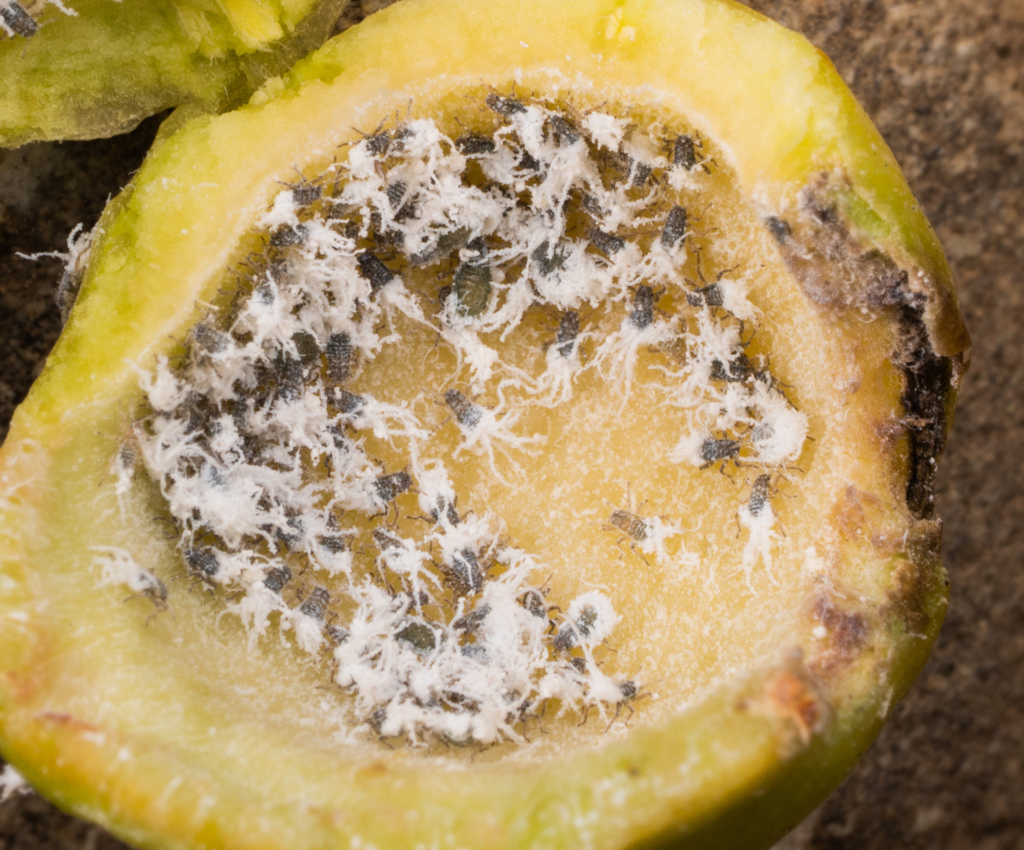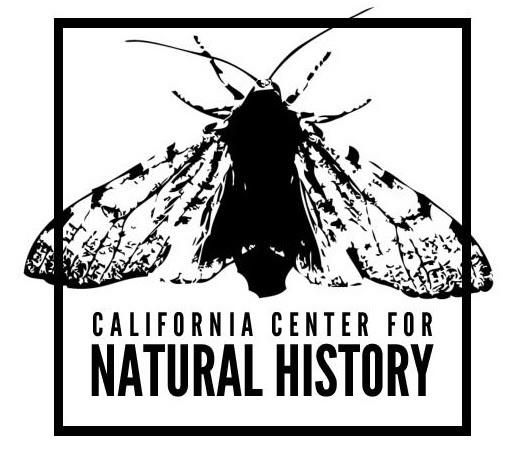
What are these tiny gray gnats flying about?
The tiny gray gnats that fly in Bay Area autumns arrive suddenly and seem to alight on just about everything. They’re on window screens, car doors, and street signs. They don’t seem to be doing any harm, and they don’t seem to come from anywhere in particular, but there sure are a lot of them.
These insects are not gnats. (Gnats are a kind of fly.) Rather, they are a kind of aphid, and they signal the advent of autumn, when our clocks are turned back an hour, and the evenings become longer and darker. Specifically, these are the winged adults of the woolly aphids. They are so-called because of the woolly — sometimes cottony — matter that covers their tiny grey bodies. The “wool” actually is a concentration of wax exuded from glands on the aphid’s body. The wax forms a barrier to dew, drizzle and water sprinklers. When huddled together on the twigs, leaves, or other plant parts where they live and feed, the aphids form a cottony mass that protects the aphids from predators that might want to make a meal of the aphids.
Woolly aphids are nothing uncommon in the Bay Area. There are at least seven species in three different genera. They all belong to the aphid subfamily Eriosomatinae (“erio” meaning wool). Chances are the species you will be most likely to encounter is the poplar petiole gall aphid (Pemphigus populitransversus), common on poplar trees. In the case of this species, the immatures have an unusual relationship with the poplar. Rather than feeding on the surface of the tree — like most aphids do — the immature nymphs live within the empty space of a plant gall, a kind of nursery formed when adults feeding on the stems of the tree cause a swelling. Within the safety of the gall, the nymphs get nourishment through a needlelike feeding tube called a proboscis, which they inject into the plant to suck up juices.

It is very rare for populations of this aphid to grow large. So, poplar trees are rarely damaged. However, the aphids do have the unpleasant habit of raining down copious amounts of aphid poo, called “honeydew” that can cover everything under the tree canopy. The honeydew, which is sweet and sticky, then molds and turns dark. But, this dark sticky mess can be remedied with a little soap and water. The galls, themselves, are hardly noticeable, and might be overlooked if you’re not looking directly at the stems of the leaves. There you will see a flanging of the stem. This is the gall nursery where the nymphs live and feed.
The news is not all good, though. There are some species of woolly aphids that transmit diseases to plants. But for the most part, our woolly aphids are a sign that autumn has come in the Bay Area. It will be getting dark. And soon, the immature nymphs that spent the year stuck to our poplar trees will soon sail off to find new places to start the cycle again.
So, the next time you see the woolly aphid, look around. Has autumn come?

Ask the Naturalist is a reader-funded bimonthly column with the California Center for Natural History that answers your questions about the natural world of the San Francisco Bay Area. Have a question for the naturalist? Fill out our question form or email us at atn at baynature.org!




